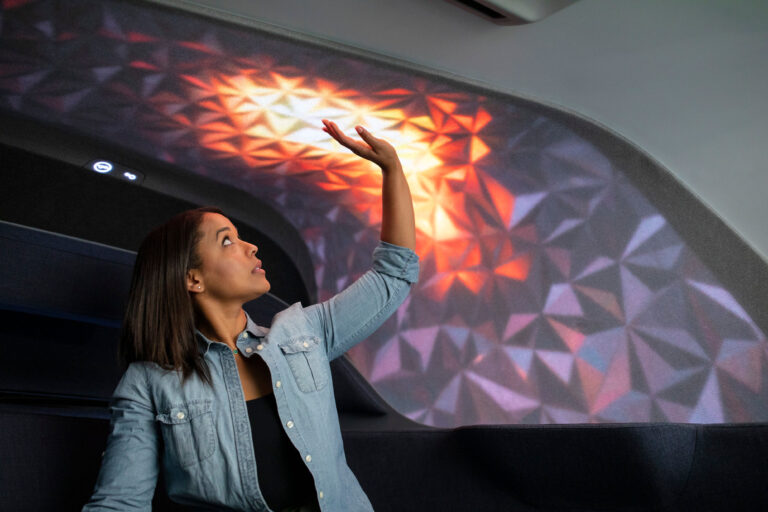Yanfeng, an automotive supplier and specialist in smart cabin concepts, and IEE, a provider of sensor solutions in the automotive sector, are jointly developing Active Space, an integrated technology vision for vehicle interiors of the future.
According to the companies, new forms of mobility, such as autonomous driving, ride sharing and carsharing, are changing automotive interiors. If driving tasks are largely eliminated or require less time, this frees up drivers for other activities. That is why the interiors of the future will have to cover a variety of different use case scenarios.
Intuitive, interactive and convenient concepts that are focused on the user experience will play an increasingly important role. Therefore, Yanfeng is pursuing its Smart Cabin approach for intelligent passenger compartments, in which functional surfaces, health and wellness features, and connectivity are seamlessly integrated into the interior in the future.
“New mobility services, such as autonomous ridesharing, pose enormous challenges for us as interiors experts – but also give us the opportunity to be creative and come up with something new,” explained Han Hendriks, chief technology officer at Yanfeng Technology. “With Active Space, we are giving passengers a way to interact with the vehicle and thereby bringing our Smart Cabin vision to life.”
In its Experience in Motion 2020 (XiM20) concept car, Yanfeng shows how this technology vision might actually look in a Smart Cabin concept for fully autonomous vehicles. Integrated into the rear zone of the XiM20 cabin, Active Space offers occupants a way to retreat from the hustle and bustle of everyday life and create a feel-good atmosphere through playful interaction.
The intuitive and interactive sensor solution is based on Yanfeng’s interior design and smart surfaces as well as IEE’s sensor technology. A near-infrared stereo camera serves as input device and captures the vehicle interior, while powerful algorithms used in conjunction with the Smart Cabin Controller control the lighting experience on the translucent textile surfaces in real time based on the analyzed movements. In this way, Active Space offers a tailored human-machine interface (HMI) solution that integrates seamlessly into interior surfaces.
In the XiM20, the smart surfaces switch between four different modes, depending on the situation. For example, there is a blue Energy mode and a violet/orange Relax mode. When the UV surface sanitizer is activated, Active Space displays blue bubbles. In stand-by mode, the surfaces stay white. In general, Active Space can also be configured with customized designs.
Passengers can interact intuitively with the vehicle thanks to the combination of sensor technology and smart surfaces. In a further step, it is conceivable that individual operating functions for the audio or air-conditioning systems, for example, might be controlled via Active Space.
“We have combined our expertise through this strategic partnership with Yanfeng so that passengers can try out the mobility of tomorrow as a unique experience,” said Alain Schumacher, CTO of IEE. “Our customers benefit in that we can offer them everything needed for an integrated system from which various potential applications can be derived.”



